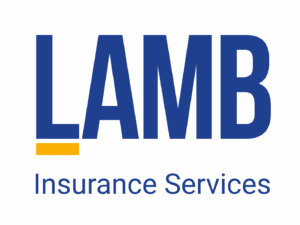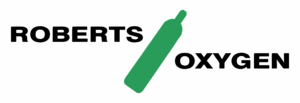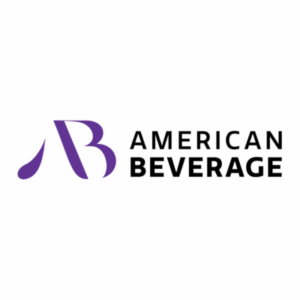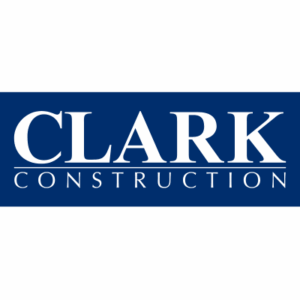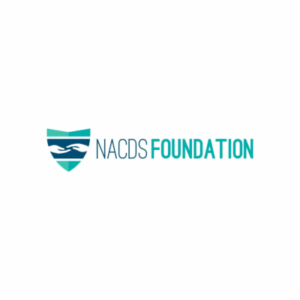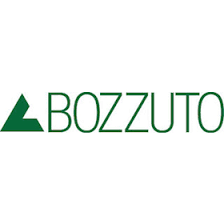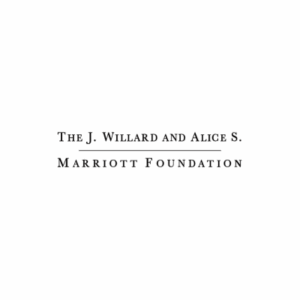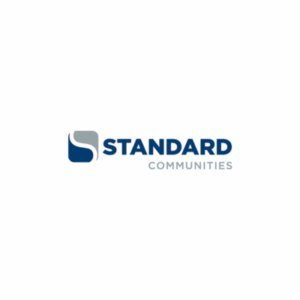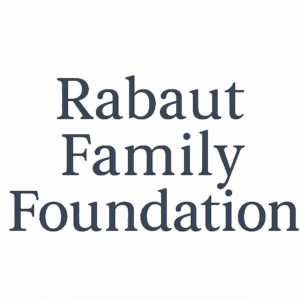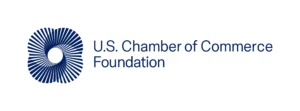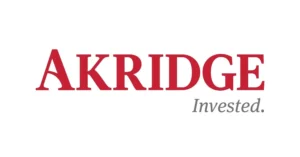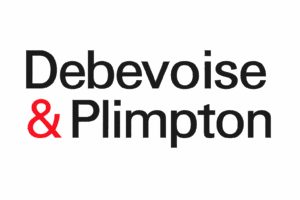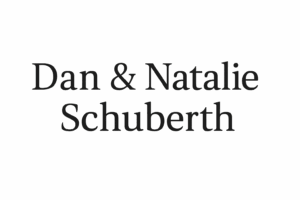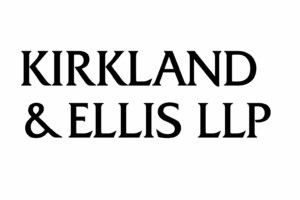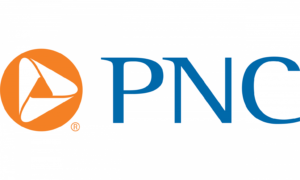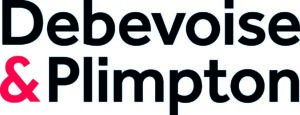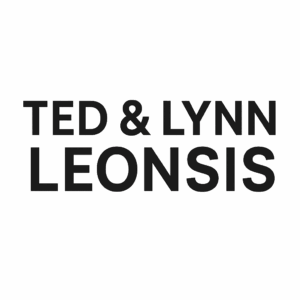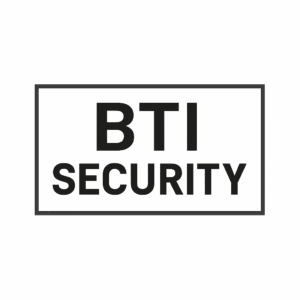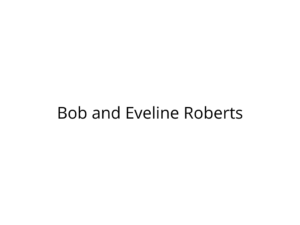Restoring Hope Through a Fully Integrated, Personalized Care Continuum
Addressing the Primary Determinants of Health and Wellbeing to Ensure Lifelong Success
We know that growth and transformation come from serving the whole person—physically, spiritually, financially, behaviorally and emotionally. SOME’s whole person care model can be traced to its roots as a Jesuit-founded organization, inspired by the Jesuit philosophy of cura personalis, the Latin expression for “care for the whole person.” A client’s first involvement with SOME might include receiving dental care and starting addiction recovery treatment. A year later, that same client’s need for services have evolved: they have enrolled in SOME CET and need guidance with job applications, while gaining stability with housing. From the moment our clients first pass through our doors, we want them to know that we respect them; we see their worth and dignity; we can meet their needs for equitable, trauma-informed, whole person care; and we are here to walk alongside them as they navigate their personal path to long-term stability.
We Empower the People By Meeting Them Where They Are Today
SOME’s programs are designed to meet the full range of our clients’ wellness needs and our number-one priority for every new client is to understand who they are, what their strengths are, and what other needs they may have that we can address in a meaningful way. SOME’s integrated, whole person, approach to caring for individuals and families focus an integrated, individualized model of care, ensuring seamless access to, and fluid movement within, our suite of programs and services. SOME’s dedicated case managers and providers identify the services that best help each person improve and navigate them into the services they need to restore hope and dignity to their lives.
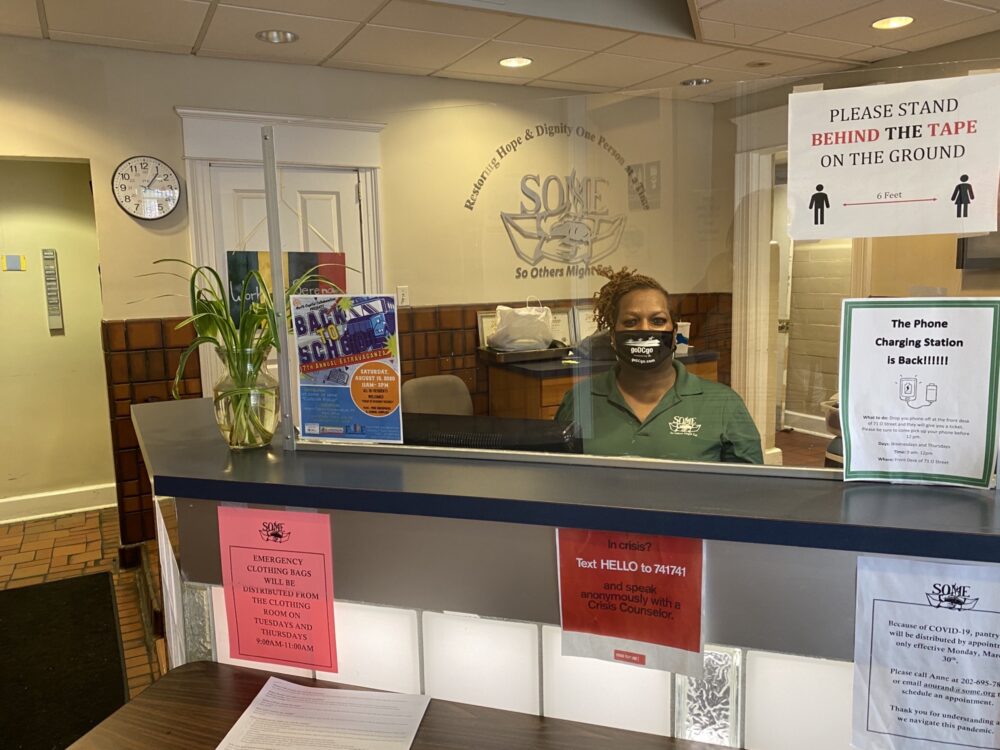
Call it magic dust.
Call it the special sauce.
SOME’s approach to whole person care works because every program is:
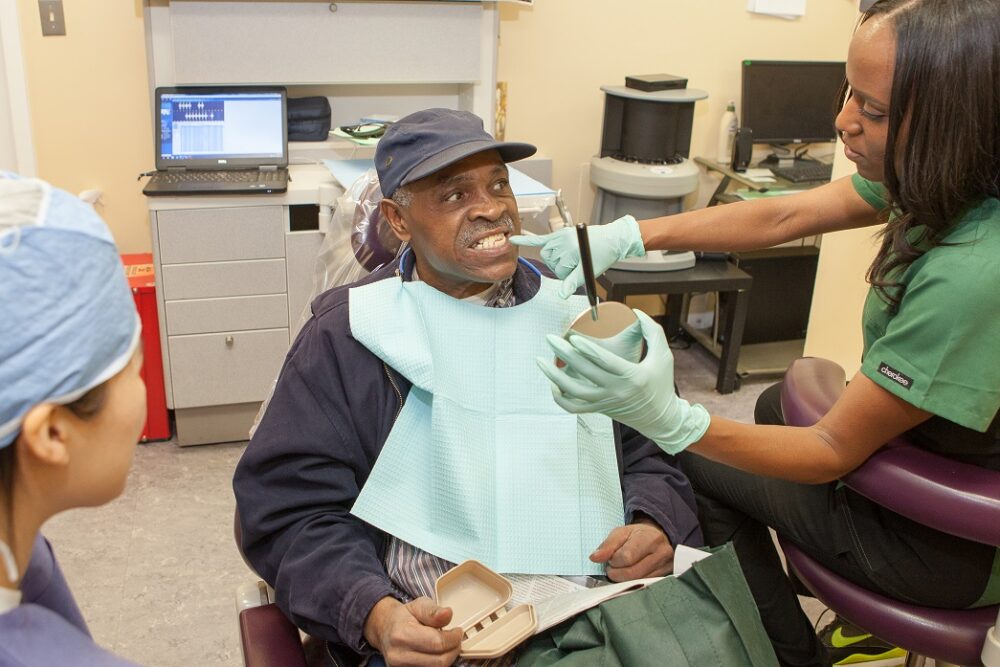
Person Centered
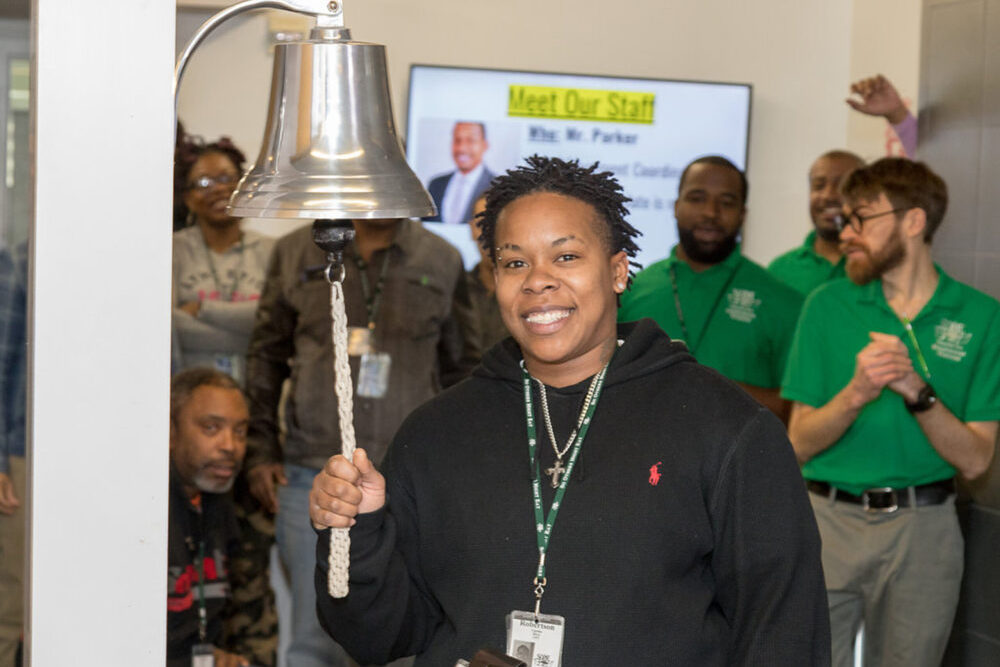
Strengths Based
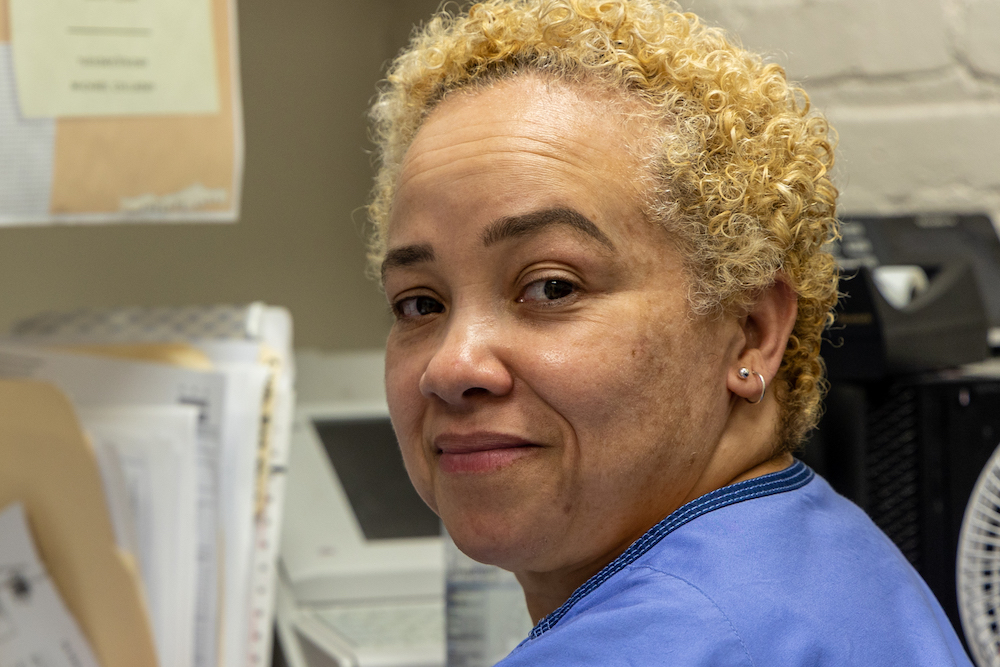
Trauma Informed
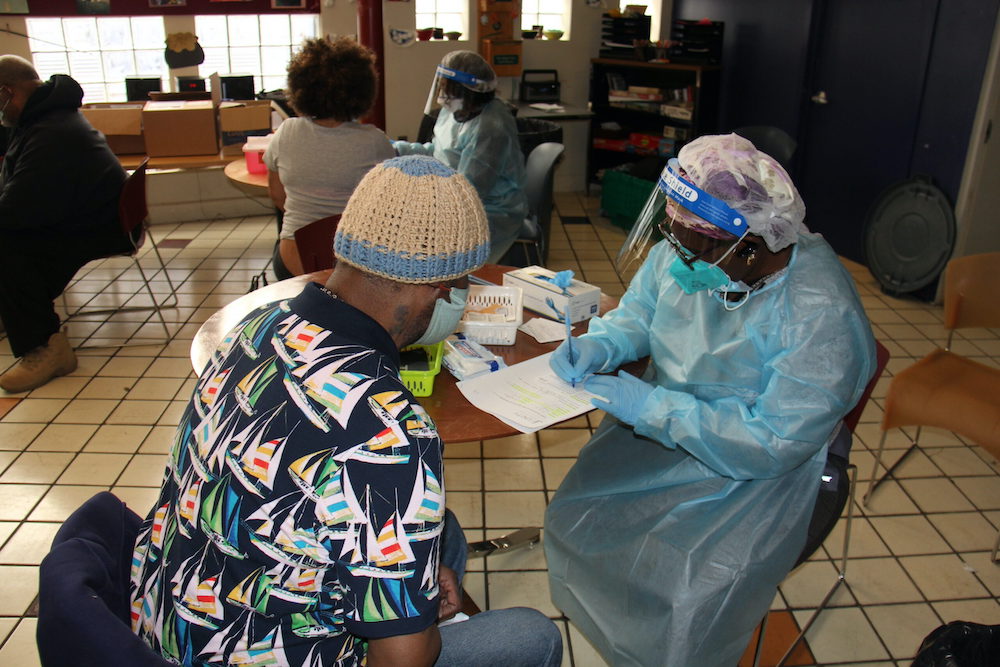
Racial Equity
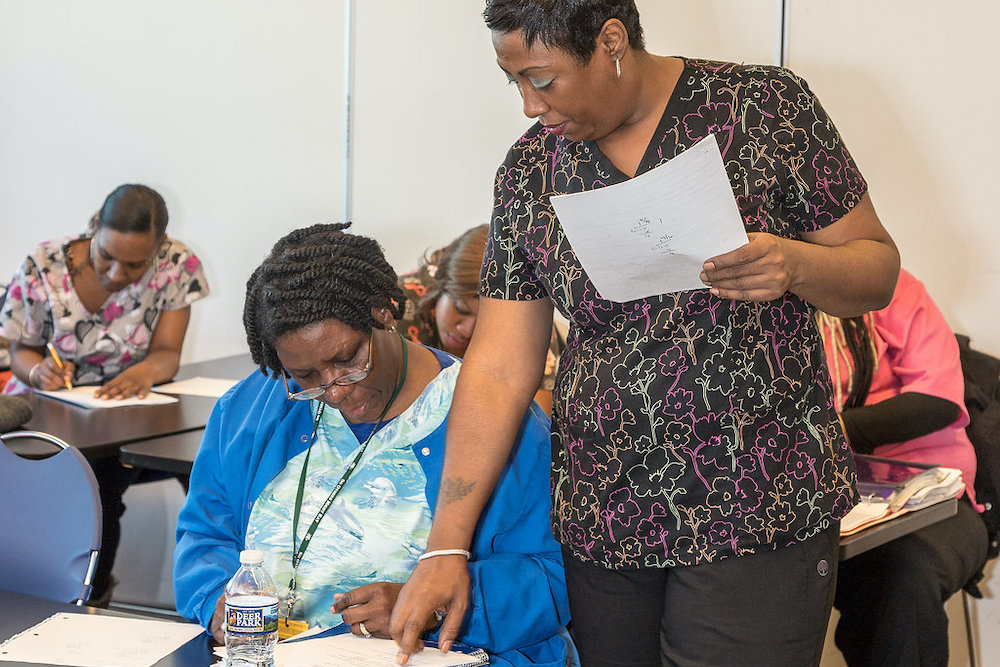
Helping Process
“We’ve got to know how our clients are doing as they follow their paths to stability. That means monitoring, tracking, measuring, and assessing so if they are falling behind, or if we are falling behind in our support of them, we know that as soon as possible so we can identify the whys and whats and the changes we need to make.”
An Open Door to Limitless Possibilities
TWO YEARS AGO, Maya Perkins was living in a Motel 6 off New York Avenue with her daughter Heaven. Heaven, who, suffered from serious medical problems. Maya knew she needed help. So, she packed up their belongings and brought Heaven to the DC general family shelter. “My first day there I cried,” says Maya. “I was like how did I end up in this situation? I have my child in a shelter. I’m only 21. How is this possible?” Then the shelter connected Maya to SOME.
SOON THEREAFTER, Maya’s caseworker at SOME called with good news. An apartment was available at SOME’s Harry and Jeanette Weinberg Building, a two-year transitional housing program for families. Maya could sign a lease right away. “I went back to DC general that night, packed up me and Heaven’s stuff, and I did not look back,” remembers Maya.
One open door soon led to another, and over the course of the next year, Maya’s and Heaven’s lives started changing for the better. “Coming from a place of a broken world, you don’t trust,” explains Maya’s case worker, Ms. Fatimah. “So, you have to build the trust first. Then she was able to walk with us through the process of stabilizing her life.” As part of SOME’s whole person approach, that meant getting Maya and Heaven access to the tools they needed to get on and stay on a path to sustainability.
“What does that mean?” says Ms. Fatimah. “Learning about finances, learning about your credit, learning about how to interview, learning about what’s the difference between a job and a career.” It meant getting Heaven back to a place where she was healthy enough to go to school. It meant helping Maya find a school where Heaven could get the speech therapy she needed, alongside opportunities to grow socially and emotionally. My job, explains Fatimah, was “to show Maya a different path for her life and walk her through those steps. Every step forward was about getting her to see, ‘This is the life I truly want. I know I have a lot of steps to get there, but it can be done,’” explains Fatimah.
“Since branching out in the program and learning, my attitude is not “me and my daughter against the world” anymore,” says Maya. “Knowing that I have a stable place to come and lay my head each night, that I don’t have to sleep with one eye open, it feels great,” says Maya. “If you asked me to describe SOME, I would describe SOME as a life changer. It changed my life.”
TODAY, Maya and Heaven are second year residents of the Harry and Jeannette Weinberg Building. Maya has a job, studies nursing and plans to graduate soon. Heaven is healthy and thriving as a student in preschool, where she has made great strides with her speech, school readiness, and social and emotional development.

